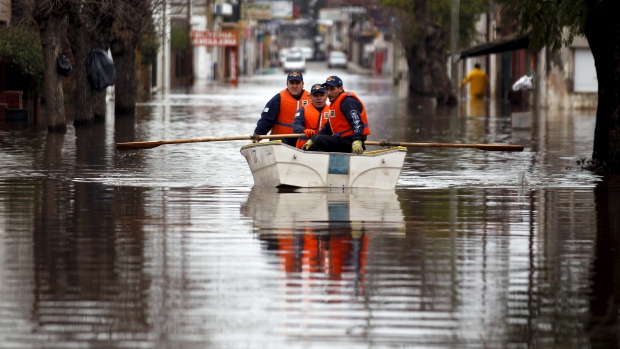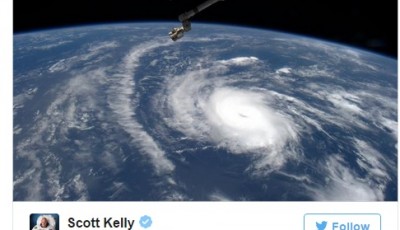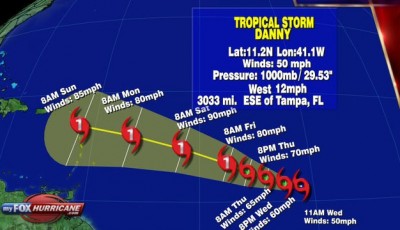U.S. Raises Odds Strong El Nino May Last Into Early Spring
Weather forecasters expect this year’s El Nino to be the strongest ever recorded, possibly beating the infamous 1997 El Nino.
To get over with the drought, California will need 1.5 times higher than normal level of rainfall, according to Mike Halpert, Deputy Director of the National Oceanic Atmospheric Administration’s Climate Prediction Center.
El Nino (ehl NEEN’-yoh) is a heating of the equatorial Pacific that changes weather worldwide, mostly affecting the United States in winter.
Halpert stated the forecast “continues the expectation of a robust El Nino through the late fall and winter with El Nino lasting till the spring”.
El Nino, meaning the “Christ child” in Spanish, refers to a term used by Peruvian and Ecuadorian fisherman long ago in referring to a warm ocean current that usually appeared around Christmas time, and could last for months. That can mean more storms moving into the United States and a change in the seasonal temperature and precipitation patterns.
“This definitely has the potential of being the Godzilla of El Nino“, NASA Climatologist Bill Patzert said.
El Nino was blamed for California’s extreme weather in 1997/98.
“We don’t know if it will go away”, he said. Temperatures in parts of the Pacific may be close to 2 degrees Celsius (3.6 Fahrenheit) above normal, the agency said.
The major 1997-98 El Nino resulted in warmer temperatures in the Northeast, including Maine, and less snow, but the downside was freezing rain and ice, which contributed to one of the biggest natural disasters in the state’s history.
When you’re in the middle of a prolonged drought, a strong El Nino should be welcome news. The polar jet is our cold air supplier, but El Nino has very little influence on it. It’s a “wild card”…
Reuter said El Nino is unlikely to bring rains to British Columbia, where dry conditions have prompted widespread water restrictions and aided in the spread of an aggressive wildfire that forced hundreds of people from their homes Thursday afternoon near Rock Creek. Climatologists are already blaming this year’s system for droughts in parts of the Philippines, Indonesia and Australia.
“It could mean about a 60 to 70 percent better chance for above normal precipitation along the west coast.” says Browning. Anderson says it’s too soon to predict a wet winter.












